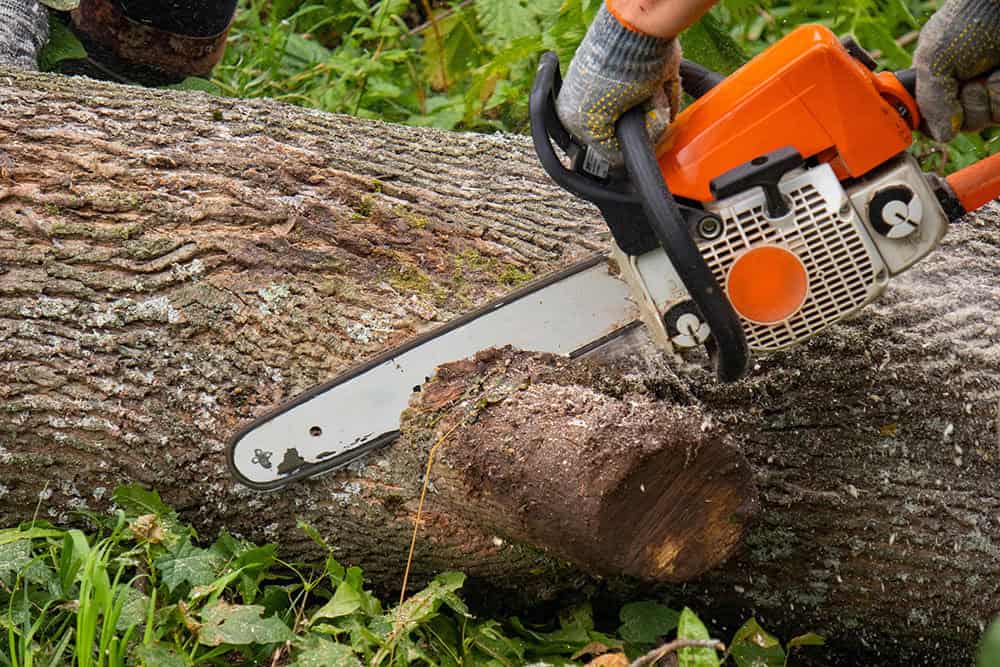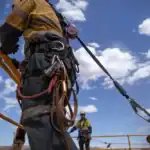
The Health and Safety Executive (HSE) has released its annual figures on fatal work-related injury statistics in Great Britain for 2024/25.
While there are notable improvements, the latest figures suggest that some sectors are struggling to properly manage risks.
We’ve summarised the HSE statistics below. If you work in occupational safety or even in one of the most dangerous industries, you can better understand where work-related risks are concentrated.
Where the HSE Statistics Come From
The HSE uses employer reports submitted under the Reporting of Injuries, Diseases and Dangerous Occurrences Regulations 2013 (RIDDOR).
RIDDOR reports exclude fatal diseases and accidents where workers were travelling by road, air or sea. Workplace deaths attributed to ‘natural causes’, such as heart attack, are also excluded unless there is a clear link between the cause of death and a work-related accident.
Figures are also provisional, meaning that they may be revised at a later date. (For example, the 2022/23 report initially stated 135 workers were killed. The revised total was 136.)
Headline Figures
A total of 124 people were killed in work-related accidents in 2024/25. This number represents a decrease over the previous year, when 138 workers lost their lives.
The three most lethal industries are:
- Construction (35 deaths)
- Agriculture, forestry and fishing (23 deaths)
- Transportation and storage (15 deaths)
The top two are consistent with 2023/24. Transportation and storage is in the top three for the first time. In 2023/24, this position was held by manufacturing (now number six with 11 deaths).
The main fatal accidents in 2024/25 were:
- Falls from height (35 deaths)
- Struck by a moving object (18 deaths)
- Trapped by something collapsing/overturning (17 deaths)
Falls from height continue to be the leading cause of fatal accidents, as in 2023/24.
The Most Lethal Industry
The HSE calculates how dangerous an industry is using two metrics:
- the total number of fatalities; and
- the fatal injury rate, which counts the number of fatalities per 100,000 workers.
Construction had the highest total number of fatalities (35 deaths). While still too high, this figure is at least a significant decrease from 51 fatalities in 2023/24. It’s also below the five-year average of 40 annual construction deaths.
It might seem clear that construction is the most dangerous industry. However, it’s arguable that the fatal injury rate is a better metric to measure lethality.
Using the fatal injury rate, agriculture, forestry and fishing jumps to the number one spot, with 8.01 workers dying for every 100,000 employed in the industry.
Construction’s fatal injury rate is 1.65, which actually puts it in third place after waste and recycling (2.76 fatalities per 100,000 workers).
The significant gap in fatal injury rate between the first and second-place industries suggests just how dangerous agriculture, forestry and fishing can be.

Fatal Accidents by Gender and Age
Men are dying in work-related accidents far more often than women – a fact that has been consistent for years.
Of all fatal accidents, 95% involved male workers. This percentage reflects the male-dominated nature of the three industries with the highest total fatalities (construction, agriculture, forestry and fishing, and transportation and storage.)
Filtered by age, approximately 40% of fatalities involved workers over 60, despite the fact that this group makes up just 11% of the total UK workforce.
Fatal Accidents by Region
Workplace fatalities by region in 2024/25:
- England – 88
- Scotland – 26
- Wales – 10
While England saw the highest number of deaths, this reflects the size of its population rather than a higher risk.
Because of the different populations in England, Wales and Scotland, the HSE also uses the fatal injury rate to compare fatalities across countries:
- Wales – an average of 1.91 fatalities per 100,000 working people
- Scotland – an average of 1.36 fatalities per 100,000 workers
- England – an average of 0.44 fatalities per 100,000 working people
However, similar to the total fatalities, these numbers are affected by population.
Compared to Wales and Scotland, a higher percentage of the English population works in low-risk sectors such as services – a difference the fatal injury rate doesn’t account for.
The Most Lethal Accident Kind
According to current HSE statistics, the three most lethal accident types are:
- Falls from height – 35 deaths
- Being struck by a moving object – 18 deaths
- Being struck by a moving vehicle – 14 deaths
Combined, these three types of accident accounted for 60% of all fatal injuries.
The top three are consistent with last year, although there have been some improvements. Falls killed 35 workers last year, which is a significant decrease from the 50 deaths the year before. It’s also a slight decline from the five-year average of 38 lethal falls annually.
The other two most lethal accident kinds were also below the five-year average, which is 21 annual deaths for both struck by a moving object and struck by a moving vehicle.
Fatal Accidents Involving the Public
Work-related accidents claimed the lives of 92 members of the public in 2024/25.
That’s 6 more deaths than last year’s total of 86, but figures for both 2023/24 and 2024/25 are roughly consistent with levels seen before the pandemic.
Long-Term Trends in HSE Statistics
The 2024/25 total represents 14 deaths less than the 138 deaths recorded the year before. Statistically, this year’s number is broadly in line with pre-pandemic levels. Between 2016/17 and 2018/19, the average was 142 deaths per year.
However, work-related deaths have fallen significantly over the long term.
In 2024/25, 124 workers were killed in fatal incidents. This compares to 223 deaths in 2004/05 and 495 in 1981. (Before 1981, data only covered employees, not all workers.)
Full Report
You can read the full report on the HSE website: Work-Related Fatal Injuries in Great Britain 2025.
Next Steps
The HSE is still early in its ten-year plan: Protecting People and Places: HSE Strategy 2022 to 2032.
There is no strategic objective for decreasing workplace fatalities. Instead, the HSE wants to maintain Great Britain’s status as one of the safest places in the world to work.
It will continue offering guidance, conducting compliance checks and enforcing regulations as necessary. It will also renew its focus on high-risk industries.
However, the HSE maintains that risks are best handled by those who create them. The regulator will continue to trust businesses to manage their workplaces and protect their employees, which makes investing in training for you and your teams essential.
Our online Health and Safety Training can help. We have a range of courses covering risks in industry, construction and manufacturing. Each course supports compliance with the relevant regulations and offers practical advice on staying safe and managing risk.






















